Photo








Hieroglyphic moth, Diphthera festiva, Nolidae (Tufted Moths)
Found along the southern coast of the US, down through Mexico and Central America and into South America as far as southern Brazil
Photo 1 by pedrogenarorodriguez, 2 by suecar, 3 by rwcrook, 4 by dloarie, 5-7 by magazhu, and 8 (caterpillar) by francisco3_
552 notes
·
View notes
Text





some excerpts from the 1988 paper An Extreme Case of Interspecific Territoriality: Male Anthidium manicatum (Hymenoptera, Megachilidae) Wound and Kill Intruders about how male european wool carder bees will attack on average over 70 other insects per hour by ramming into them ass-first.
599 notes
·
View notes
Text
Check out this sick ass bug I found in the woods




M O T H
3K notes
·
View notes
Text
Genus Brachycybe
3K notes
·
View notes
Text



Lady Rose acquired
Rosey legged millipede
29 notes
·
View notes
Photo
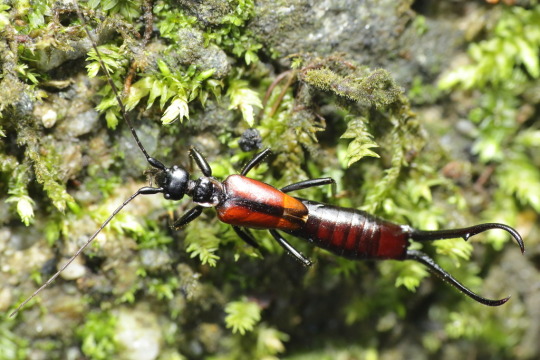
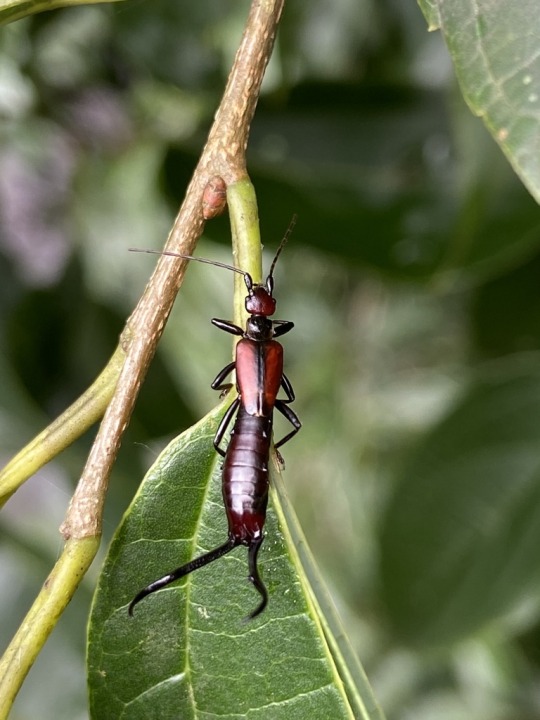
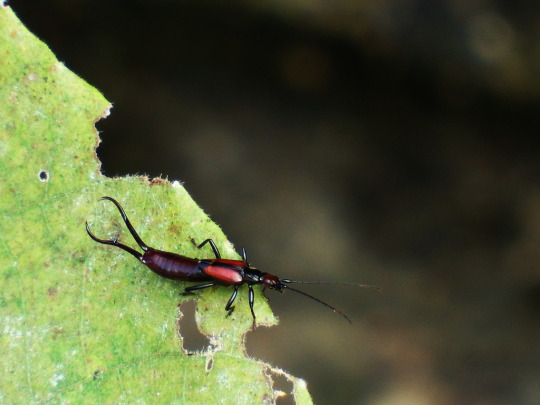
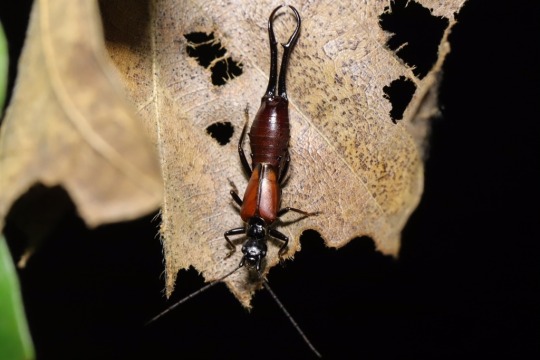

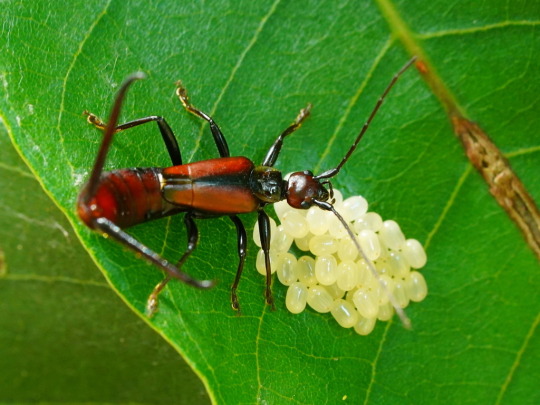
Earwig, Timomenus aeris, Forficulidae
Found primarily in Taiwan
Photo 1 by zis_tranquil, 2 by jtrwua, 3 by wallacechen, 4 by muyaocraft, and 5-6 (female with eggs) by adachao
514 notes
·
View notes
Text


Stealing a millipede from @littlewigglers without their knowledge
48 notes
·
View notes
Photo








Florida ivory millipede, Chicobolus spinigerus, Spirobolidae
Found primarily in Florida, along the Gulf coast to Alabama, and north along the Atlantic coast to South Carolina
Photo 1 by eli4721, 2 by cannizag, 3-4 by handycoordination, 5 by jeanloujustine, 6 by techgrl18, 7 by jeanmartins, and 8 by emilycbell
945 notes
·
View notes
Text
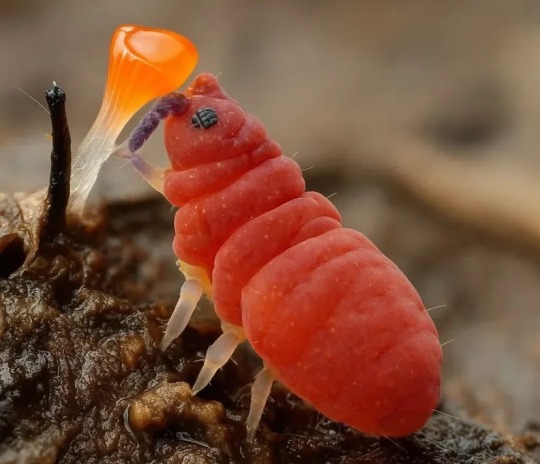
springtail eating a slime mold
by Andy Murray
27K notes
·
View notes
Text
Not certain if this has already been posted about here, but iNaturalist recently uploaded a blog post stating that they had received a grant from Google to incorporate new forms of generative AI into their 'computer vision' model.
I'm sure I don't need to tell most of you why this is a horrible idea, that does away with much of the trust gained by the thus far great service that is iNaturalist. But, to elaborate on my point, to collaborate with Google on tools such as these is a slap in the face to much of the userbase, including a multitude of biological experts and conservationists across the globe.
They claim that they will work hard to make sure that the identification information provided by the AI tools is of the highest quality, which I do not entirely doubt from this team. I would hope that there is a thorough vetting process in place for this information (Though, if you need people to vet the information, what's the point of the generative AI over a simple wiki of identification criteria). Nonetheless, if you've seen Google's (or any other tech company's) work in this field in the past, which you likely have, you will know that these tools are not ready to explain the nuances of species identification, as they continue to provide heavy amounts of complete misinformation on a daily basis. Users may be able to provide feedback, but should a casual user look to the AI for an explanation, many would not realize if what they are being told is wrong.
Furthermore, while the data is not entirely my concern, as the service has been using our data for years to train its 'computer vision' model into what it is today, and they claim to have ways to credit people in place, it does make it quite concerning that Google is involved in this deal. I can't say for certain that they will do anything more with the data given, but Google has proven time and again to be highly untrustworthy as a company.
Though, that is something I'm less concerned by than I am by the fact that a non-profit so dedicated to the biodiversity of the earth and the naturalists on it would even dare lock in a deal of this nature. Not only making a deal to create yet another shoehorned misinformation machine, that which has been proven to use more unclean energy and water (among other things) than it's worth for each unsatisfactory and untrustworthy search answer, but doing so with one of the greediest companies on the face of the earth, a beacon of smog shining in colors antithetical to the iNaturalist mission statement. It's a disgrace.
In conclusion, I want to believe in the good of iNaturalist. The point stands, though, that to do this is a step in the worst possible direction. Especially when they, for all intents and purposes, already had a system that works! With their 'computer vision' model providing basic suggestions (if not always accurate in and of itself), and user suggested IDs providing further details and corrections where needed.
If you're an iNaturalist user who stands in opposition to this decision, leave a comment on this blog post, and maybe we can get this overturned.
[Note: Yes, I am aware there is good AI used in science, this is generative AI, which is a different thing entirely. Also, if you come onto this post with strawmen or irrelevant edge-cases I will wring your neck.]
2K notes
·
View notes
Text

i love u rhino beetle #mybeetle

🪲🪲🪲🪲🪲
748 notes
·
View notes
Photo







Scolopendrid centipede (no common English name), Edentistoma octosulcatum, Scolopendridae
Found in Southeast Asia
Photo 1 by sparkn, 2 by vinceadam2017, 3-4 by dirkm, 5 by neymark, 6 by nickvolpe, and 7 by vojtablaze
1K notes
·
View notes
Text





Gynandromoprhic Angel Beetles swoop in!
These are now real and officially available for grabs. Thank you to everyone who put down a pre-order for these earlier! You can now pick up any of these without a wait time :]
We got the trans, nonbinary and intersex representation going strong!
The trans beetle has rose gold plating; the intersex beetle has silver plating; and the nonbinary beetle has black nickel plating.
Link in source and replies to listing!
208 notes
·
View notes




